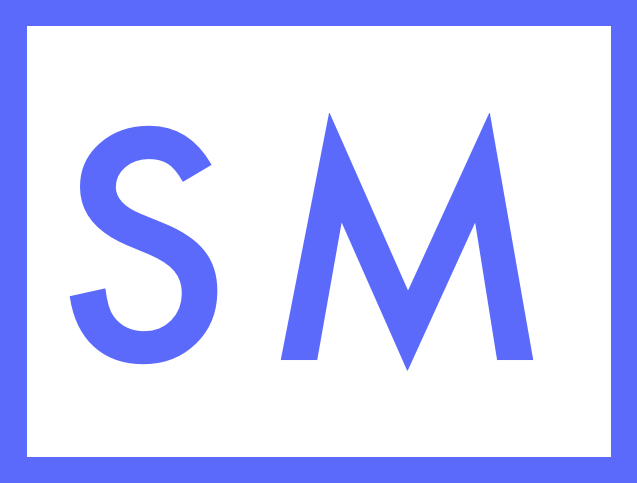A survey is not a “list of questions.” It’s a lens for magnifying invisible worlds
Recently, I was analyzing survey data for a project when I thought about something I read in David Wootton’s “The Invention of Science.” It’s the story of how lenses, by revealing the world at new scales both minuscule and vast, produced a more complete picture of who we are.
Surveys are sometimes dismissed as one-dimensional questionnaires.
In reality, they're like a lens. They’re a tool for revealing worlds normally invisible to us, so long as you know how to magnify information in the right way.
For example:
At the beginning of the aforementioned project, my client told me that their customers came from higher income brackets and were in “the last third of their life.” An analysis of their first party data, including data from a customer survey they had conducted, showed both to be correct.
However, the survey I was working on involved 1,100 shoppers from their entire market, and it added a key perspective. While the majority of shoppers did come from higher income brackets, the market was largely made up of middle-aged people, many of whom had young kids.
The disparity in age and household type would have gone undetected if we relied solely on the first-party data or the sample of 1,100 shoppers.
However, with both, our understanding of the brand and its place in the market deepened, much like our understanding of our origins after observing the microscopic and astronomic.
At their most basic, surveys can capture feedback from a handful of customers. Yet, on a grander scale, they can detect patterns discernible only with data from thousands of shoppers.
Have a question about how to access both worlds for your brand
Then consider booking a $45 Survey Roast. Just click here to book and I’ll get back to you in 24 hours (M-F).

